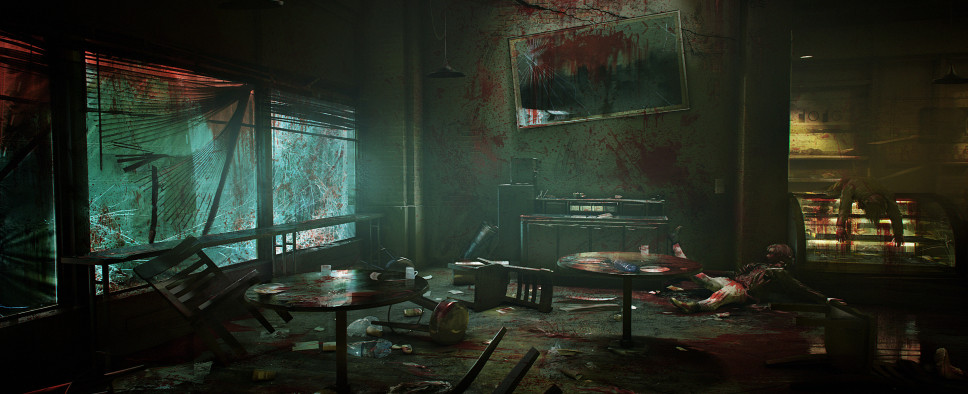Vampire: The Masquerade - Bloodlines 2 Developer Diary #12
-
Category: News ArchiveHits: 1358

The latest developer diary for Hardsuit Labs’ Vampire: The Masquerade - Bloodlines 2 is dedicated entirely to the game’s visual effects and their journey from a mere idea to something that doesn’t look out of place in a modern video game. If you’d like to know what VFX are and how they're created, you should check the diary out.
Here are the text bits:
When you hear Visual Effects (VFX), images of giant explosions and magic missiles might come to mind, but VFX for games goes far deeper than that. From a mundane leaky pipe or blowing leaves to supernatural Tremere blood magic, VFX is responsible for bringing the dynamics of the game world to life.
VFX artists must be very versatile. It’s our job to bring the vision of the Art Director to life. One day that could be creating realistic blood, the next it might be communicating an idea like Toreador Celerity, or it might be making trash blow around. It might also be something you never even considered, such as our Christmas Lights which are actually VFX!
The VFX Lifecycle
Inception
Every effect starts as a need from a department. Let’s look at the Tremere Acolyte’s Blood Orb attack. VFX usually happens toward the end, so first Design will come up with the parameters of the effect, Engineering will make The attack work as expected, and Animation will create the enemy character animations that are needed, and then VFX comes in.
We start with a kickoff meeting with the Art Director and designers so we understand what the effect needs to look like and what information it should communicate to the player. Understanding the context of the effect is really important. Next, we get concept art from the Art Director so we have a visual target and general quality part to aim for, and schedule out the work with the Production team.
Block-out
In the block-out phase, we do some fact-finding. What are the technical requirements for the effect? Is there anything we need to build or other unknowns that have to be tackled to be successful? One of the questions for this particular effect was how we wanted to handle the light effect when the Orb is activated, so we prototyped a solution and synced up with our Lighting engineers to make sure everything was going to work ok. Once all of our questions are answered, we can move on to the next phase.
Iteration
This is where we polish our effects to a shine. We work on improving the look of the effect, then we get feedback from the Art Director and improve it even more. Does the effect meet the quality standards of the Art Director? Does it tell the right story, have the right timing and tone? Once the effect is meeting all of our needs, we can move on to the final step!
Audio / QA / Final Review
Now Audio can come in and add the cherry on top. QA will hammer on the effect to make sure nothing is broken. The project directors will review it and could also have points of feedback to address.
And Ship!
Now we have a finished effect ready for the players to enjoy!
Built by a small team
Throughout the project, the VFX team has been very small. There have been times when no one was working on FX at all! We’ve had some talented people come and go from the project, and the final result is a blend of everyone who has touched Bloodlines 2. At our height, working with outsourcing partners, we had 7 VFX artists working full time on the project, but for the majority of the time it has been a single VFX artist with Tech-Art support. (Hiring VFX artists is hard!) We’re very proud of what we’ve been able to achieve given the limited resources we had throughout the project.
Every visual effect is a new set of artistic and technical challenges, and solving those challenges can be a lot of fun and very rewarding, and we are very excited for everyone to see what we’ve conjured up for Bloodlines 2!
- Hardsuit Labs VFX Team

